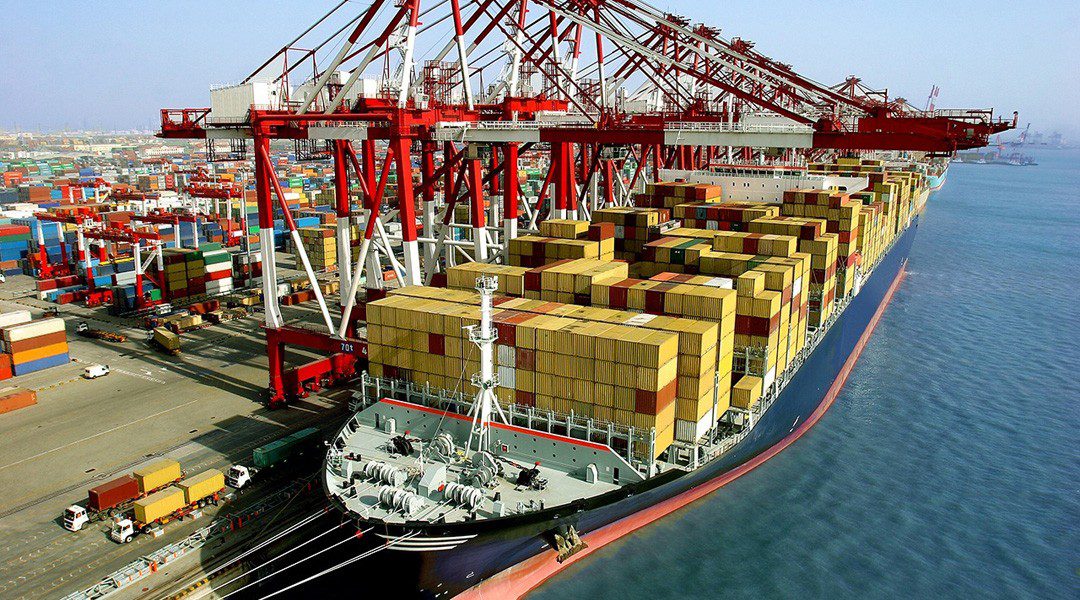Hywind Scotland, the world’s first floating offshore wind farm, has passed five years in operation since its commissioning in 2017, according to the company’s release.
Hywind Scotland, located off the coast of Peterhead, Scotland, is the world’s first floating offshore wind farm and the world’s best-performing offshore wind farm, achieving a capacity factor of 54% over its five years of operations. Importantly, Hywind Scotland has run to high safety standards, marking five years of no loss time injuries during its operation.
With a capacity of 30 MW generated by 5 turbines, Hywind Scotland utilises the Hywind floating spar-substructure concept. The wind farm generates enough electricity to power the equivalent of 34,000 UK homes.
Equinor is maturing further opportunities to develop floating offshore wind around the world, as pioneers of the emerging technology, and brings with it the experience gained from Hywind Scotland. Equinor’s next floating wind project, Hywind Tampen, delivered first power earlier this fall and when operational in 2023, Equinor will operate about half of the world’s total capacity of floating wind.
Equinor’s proprietary floating wind turbine motion controller is in action at Hywind Scotland, contributing to world-leading capacity factor performance despite the added motion experienced by floating offshore wind substructures. To maintain the wind farm, Equinor has implemented a unique operations and maintenance (O&M) model, that involves upskilling onshore wind technicians to maintain turbines in an offshore, floating environment.
In addition to the operational improvements for floating offshore wind, Equinor has been advancing environmental initiatives at the Hywind Scotland project. Equinor is collaborating with Scottish Government Directorate, Marine Scotland, to better understand how fishers can safely operate around and within floating offshore wind farms. Further initiatives include the installation of an autonomous SailBuoy to map fish presence and biomass quantity with acoustic sensors, and testing a new method of analysing environmental DNA (eDNA) at Hywind Scotland.





